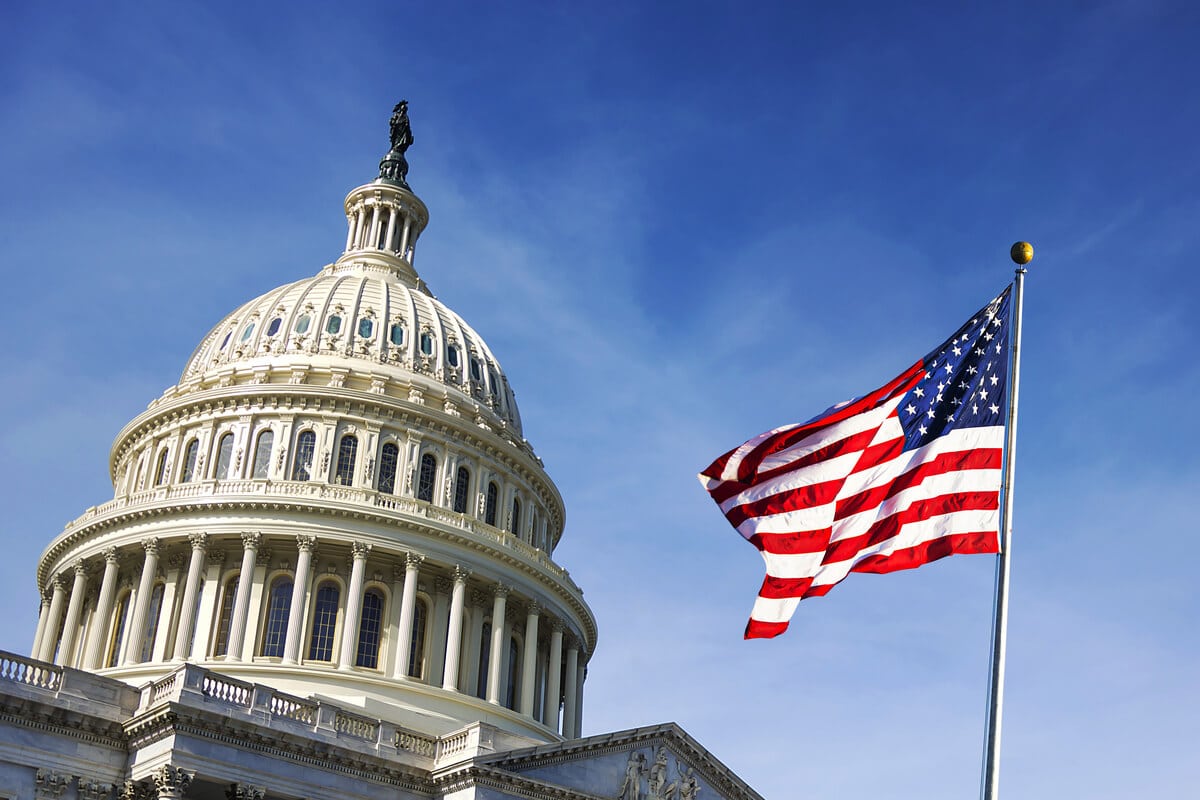The US House of Representatives Financial Services Committee recently published the long-awaited draft of the stablecoin bill.
What are the Prominent Details in the Draft?
He called for a temporary ban on algorithmic stablecoins while proposing a framework for stablecoin issuers like Circle and Tether to define how their offerings can be regulated by state and federal agencies.
In short, the bill will create categories that issue stablecoins, whether banks or non-banks.
It will push for a temporary ban on algorithmic stablecoins, and a central bank will call for an investigation of the potential impact of the digital currency.
The bill creates a definition for "payment stablecoin issuers", specifically referring to the companies behind any stablecoin used for payments or settlements.
Issuers must themselves be a state or federally licensed entity and may be insured depository institutions (or a subsidiary of such an entity) or an approved non-bank entity.
Issuers will also need to allow users to redeem their stablecoins within one day of the users requesting a refund.
Companies hoping to obtain a license to issue stablecoins will need to apply to the appropriate regulator at the state or federal level.
The organizer will have 45 days to confirm they have everything they need and another 90 days to make a decision. If the regulatory body does not make a decision, the application will be automatically approved.
The next few pages of the proposed bill address the various requirements that stablecoin issuers must comply with. They look pretty simple and contain the following items; customer protection rules, risk management, capital requirement rules, oversight provisions.
On the other hand, a stablecoin issuer that does not get a license to operate could face high fines of up to $100,000 per day.
*Not investment advice.









